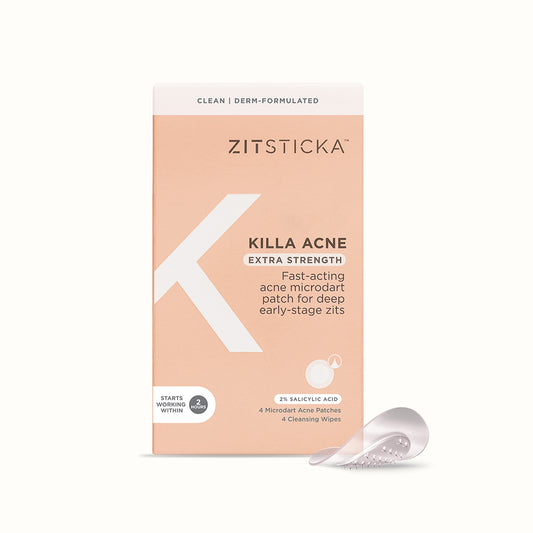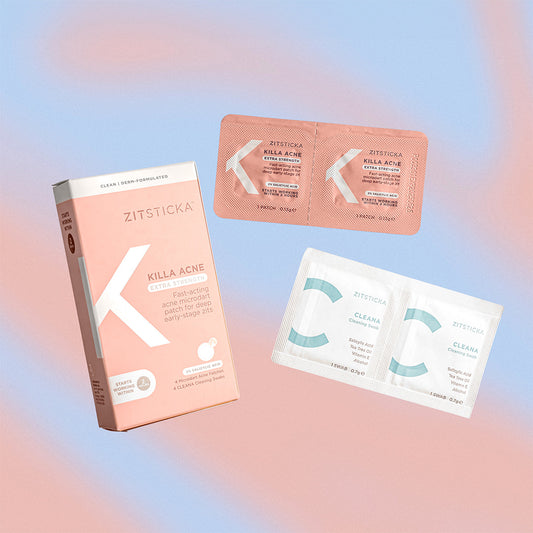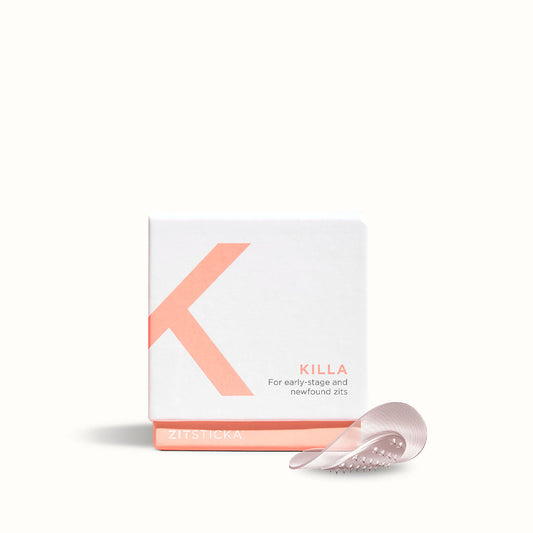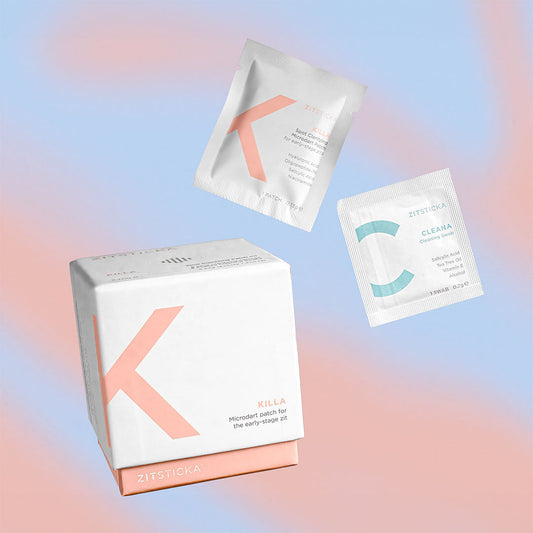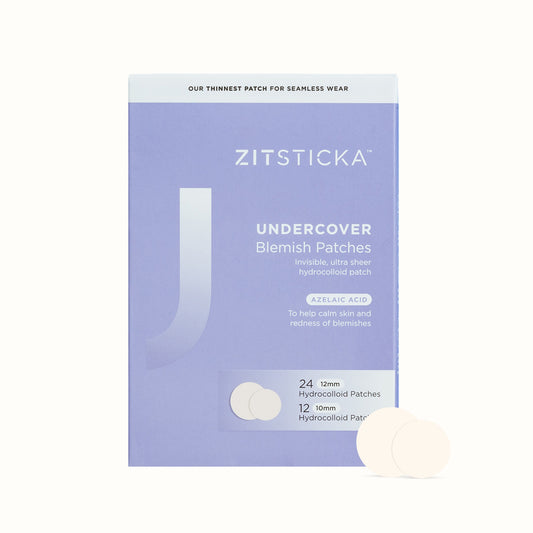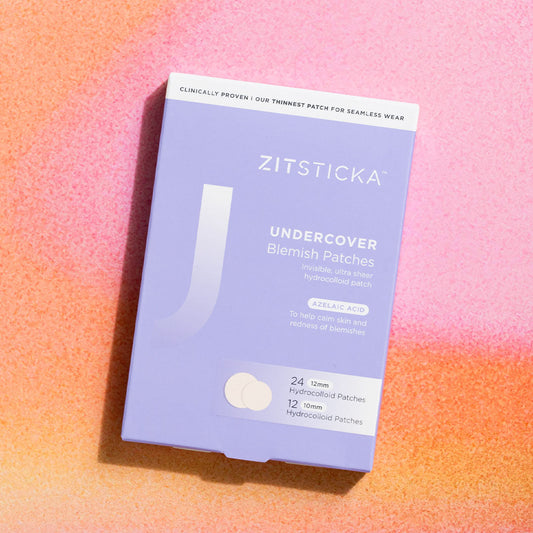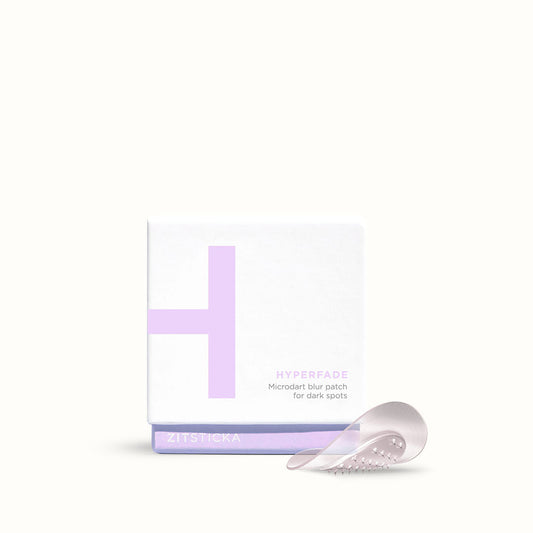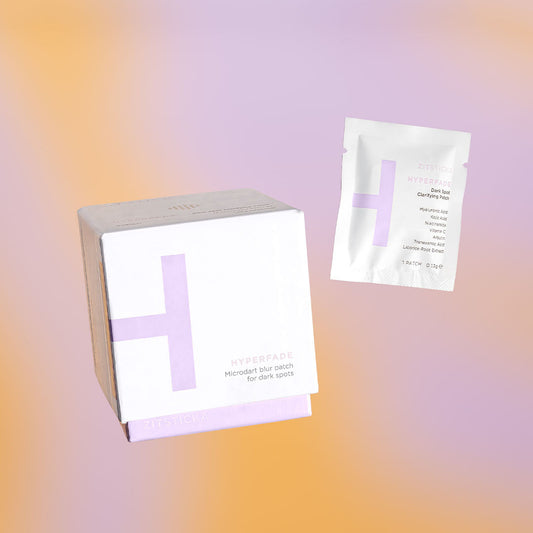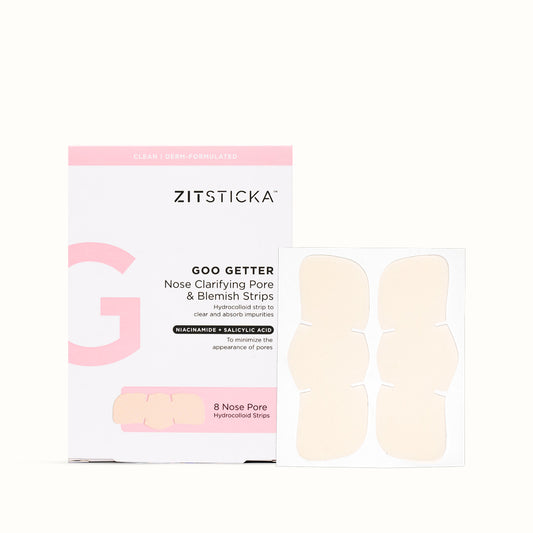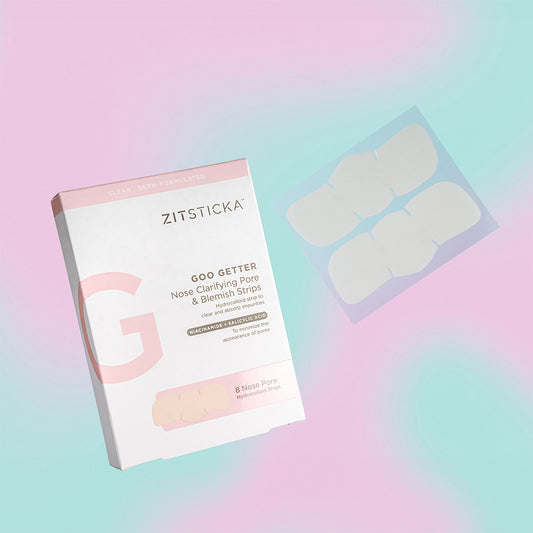By: Madeleine Woon
We’ve reached peak 90s-early 2000s nostalgia. A simpler time, the era was characterised by frosted tips, Friends and cultivating an addiction for Snake on our very first Nokia 3310s. This decade also proffered a few enduring life lessons: If you wanna be my lover, you gotta get with my friends; low-rise jeans should stay in the 90s/Y2K where they belong (I beg); and not all 90s acne products were created equally. What we mean by that is: pore strips taketh more than they giveth and should be avoided at all costs.
Even if you've never ripped (key word: riiiippppped) a pore strip off your nose before, chances are you’re familiar with them. The iconic Bioré commercials, featuring infallible teens who marveled with delight at all the supposed gunk that came out once they tore the paper-like strip away from their noses, and Mia Thermopolis (aka Anne Hathaway) in The Princess Diaries wearing one in all her awkward teenage glory are just two examples of where you may have seen them in action.
So, are they all they’re cracked up to be? Well, no.
Are Pore Strips Bad For Your Skin?
Despite the fact that every impressionable 90s teen loved a good pore strip, the popular blackhead treatment is, like, way harsh. While pores strips can possibly be effective at removing buildup inside the pores momentarily, the effects are not long-lasting, and the strips can cause more harm than good to the skin. In theory, pore strips work to excavate your pores by clinging to the buildup inside them. Pore strips feature a strip of material on one side and an adhesive on the other to pull out comedones and blackheads. If that adhesive does its job properly, it will grab onto the oil and pull it out, and voilá—the blackhead is removed.
In practice, and despite good marketing, pore strips aren’t really powerful enough to ‘clean’ pores. Nava Greenfield, MD agrees, saying: "I am not a fan of pore strips. They occasionally do a fair job at removing keratin buildup in pores, but the pores will fill right up again. The underlying issues, which are enlarged pores and overactive sweat glands, are not addressed with the strips.”
They are also extremely abrasive and particularly no bueno for sensitive skin. Not only that, but they can also worsen other skin conditions. Pore strips can exacerbate rosacea-prone skin, especially if they contain irritating ingredients such as alcohol and astringents. They can also aggravate extremely dry skin, eczema and psoriasis, so you’re really peeling at your own risk. While they look like fun in 90s ads, in reality you risk damaging the skin and thus, making your pores bigger instead of smaller.
How Do I Clean My Pores Instead?
All those who have ever marched their oily skin or combination skin into a chemist in pursuit of pore strip removal have one thing in common: they want blackheads to GTFO forever.
It’s a worthy pursuit, but abrasive tugging is not the answer, friends. What you really want is FACE MAP. This specialized set of suction hydro-patches to targets your oily areas and zitty zones. With an invincible squad of ingredients, FACE MAP is able to liquify the goo within your pores to draw it out gently, rather than yanking and further damaging the skin. The plot twist? FACE MAP contains 7 different larger patches built to hug the contours of your face. While smaller, individual hydrocolloid patches are useful, there’s only so much ground they can cover for people who experience clusters of zits. ‘Tis why FACE MAP was born! You can now tailor your patch to where you need it most on your face or body.
Not only does FACE MAP unclog zit-clustered areas (bye bye, blackheads), it also attacks and helps dissolve bacteria with a combination of tea tree and sal acid, absorbs excess oil and shine, and soothes and reduces redness and swelling thanks to niacinamide and vitamin c. Skin heaven in a sachet.
Ditch those outdated pore strips and shop FACE MAP today. You're welcs!

